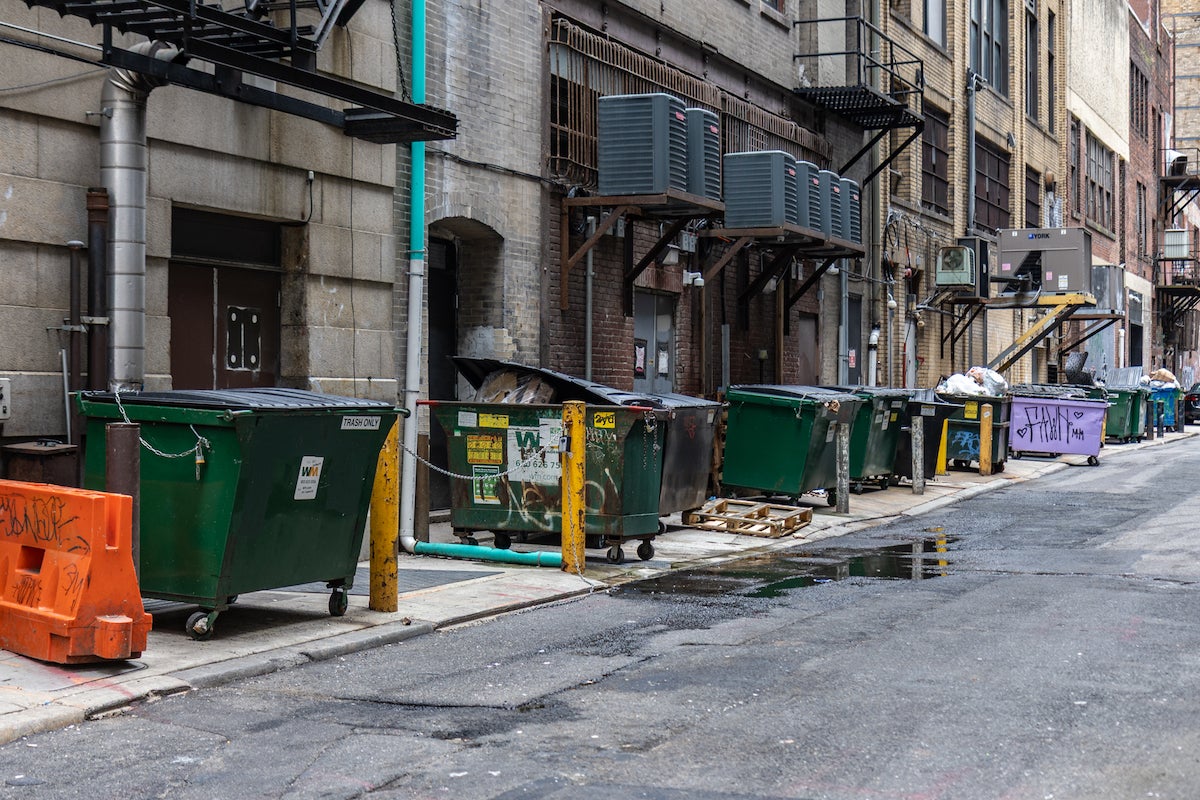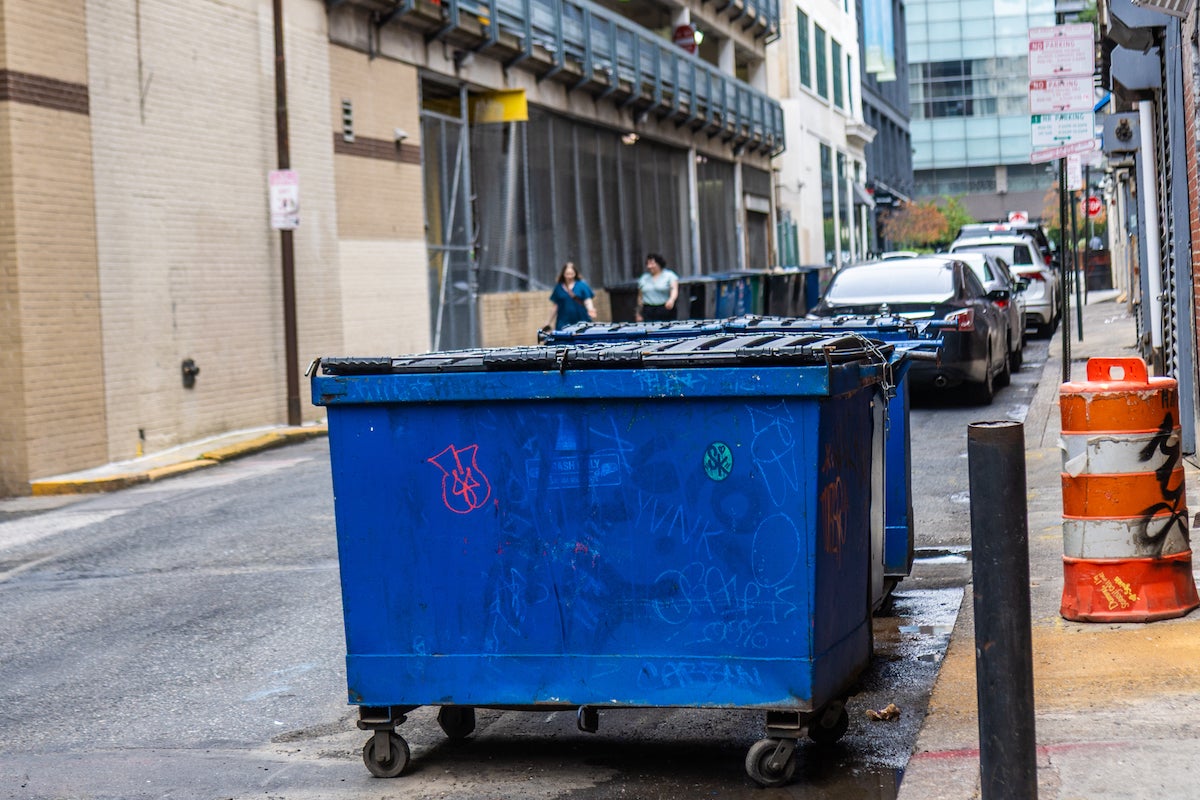Have a question about Philly’s neighborhoods or the systems that shape them? PlanPhilly reporters want to hear from you! Ask us a question or send us a story idea you think we should cover.
Philadelphia is often touted as one of the nation’s most walkable cities, especially in its dense urban core. That reputation has fueled millions in public investment aimed at making sure its public streets are clean and green for visitors, commuters and the growing population of residents who now call Center City home.
Spearheading that effort has been Center City District, a business organization tasked with improving the quality of life for everyone who experiences the city’s hub.
Whether it’s a visitor in town to explore the city streets on the hunt for community murals, unique sculptures or other public art installations — or professionals visiting for a work-related conference — there are more than 300,000 pedestrians on Center City streets on any given day. That includes college students, commuters and residents going to class, work, an art performance or a health care appointment.
About 67,000 people live within the Center City core, with a median age of 36 years old, according to 2023 U.S. Census data analyzed by Center City District.
The street-level experience for everyone matters for economic development — at least that is the theory behind much of what Center City District does.
For example, there were about 16,900 pedestrians on average along the 1200 block of Chestnut Street during the month of June, according to Placer.ai data that uses smartphones to keep tabs on foot traffic.
So it was no surprise when its CEO Prema Katari Gupta kept getting emails with photos about what was happening on the streets of Philadelphia’s alleyways within Center City.
“You’re walking along, things feel good. There’s lots of people around, the sidewalks are clean, there’s plants in the planter, there’s trees, there’s children, there’s strollers and then you turn a corner and the alleys are so awful,” Katari Gupta told WHYY News. “Starting to think differently about our network of alleys could be a really important way of enhancing the walkability of Center City. I think it’s doable if we start to question these sort of defaults that an alley is a grubby foreboding place. It doesn’t have to be.”
Her experiences prompted a report about alleyways and dumpsters.
 A mix of locked and open dumpsters at 12th and Clover streets in Philadelphia. (Kimberly Paynter/WHYY)
A mix of locked and open dumpsters at 12th and Clover streets in Philadelphia. (Kimberly Paynter/WHYY)
Center City District has spearheaded public park space, open streets encouraging pedestrians to shop, stroll and dine and invested in urban infrastructure for decades.
To maintain momentum, the city must address its most persistent vulnerabilities, especially with Philadelphia preparing to face global scrutiny in 2026, Katari Gupta said.
Now the organization is lobbying City Hall lawmakers and Mayor Cherelle Parker’s administration to consider changes that would help the group keep its clean and green promises, even in alleys with privately controlled dumpsters.
The data collection effort began before a massive municipal sanitation worker trash strike that added much more dumping to city streets.
“Our next steps are working with partners in city government to potentially look at changing regulations as well as better education [and] enforcement,” Katari Gupta said. “Once that baseline condition is established then we can have a little bit more fun with public art and pop-up retail and lighting and all the other stuff we’ve seen in other cities.”
